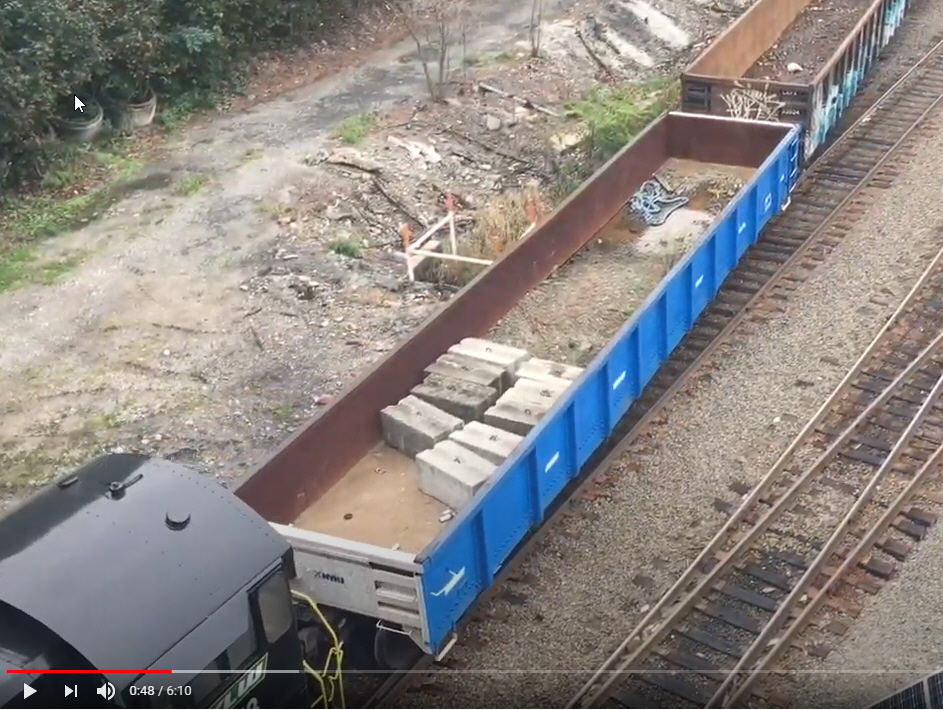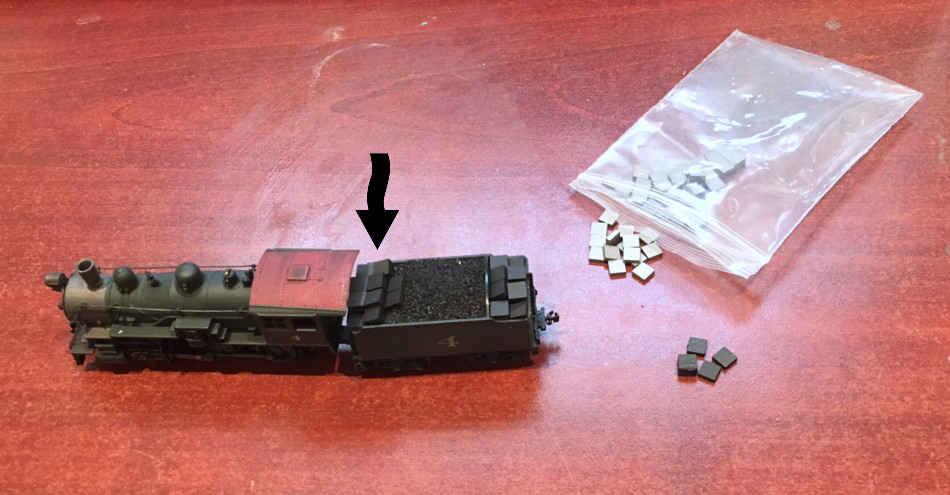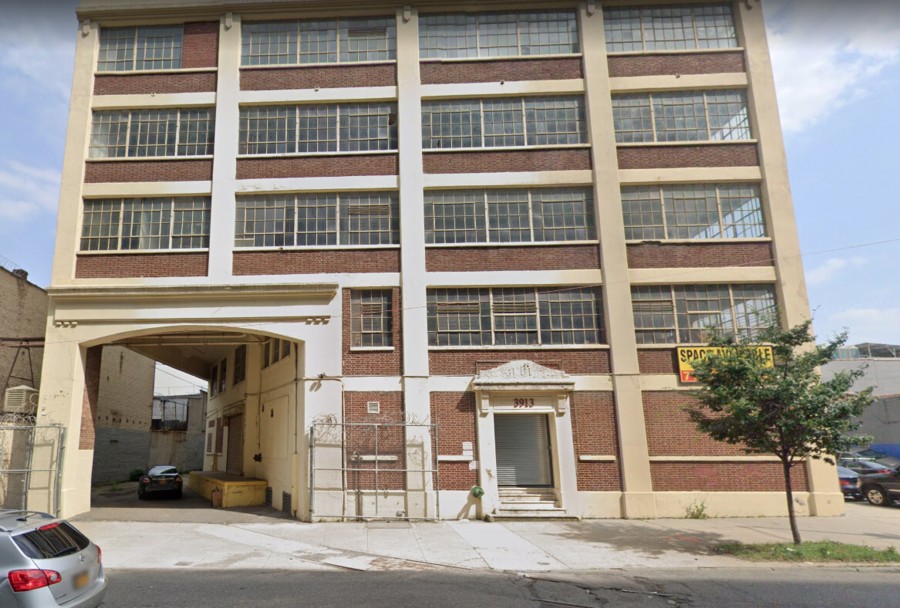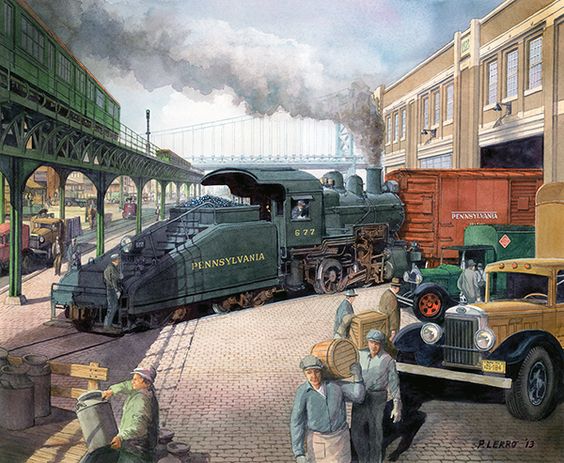
Idler cars are used in car float operations as a “handle”. In other words it’s a way for the locomotive to grab cars from the float without actually going on to it. As I repaint and repurpose freight cars from my old N scale layout I came across the old gondola shown above. It was perfect for the job so I gave it a quick re-paint and detailed the floor of the car.

In watching this excellent video by NY/NJ Rail Videos showing the switcher working the old Bay Ridge yard I was struck by the grass, ballast, and other refuse in the car, an interesting detail to be sure.




